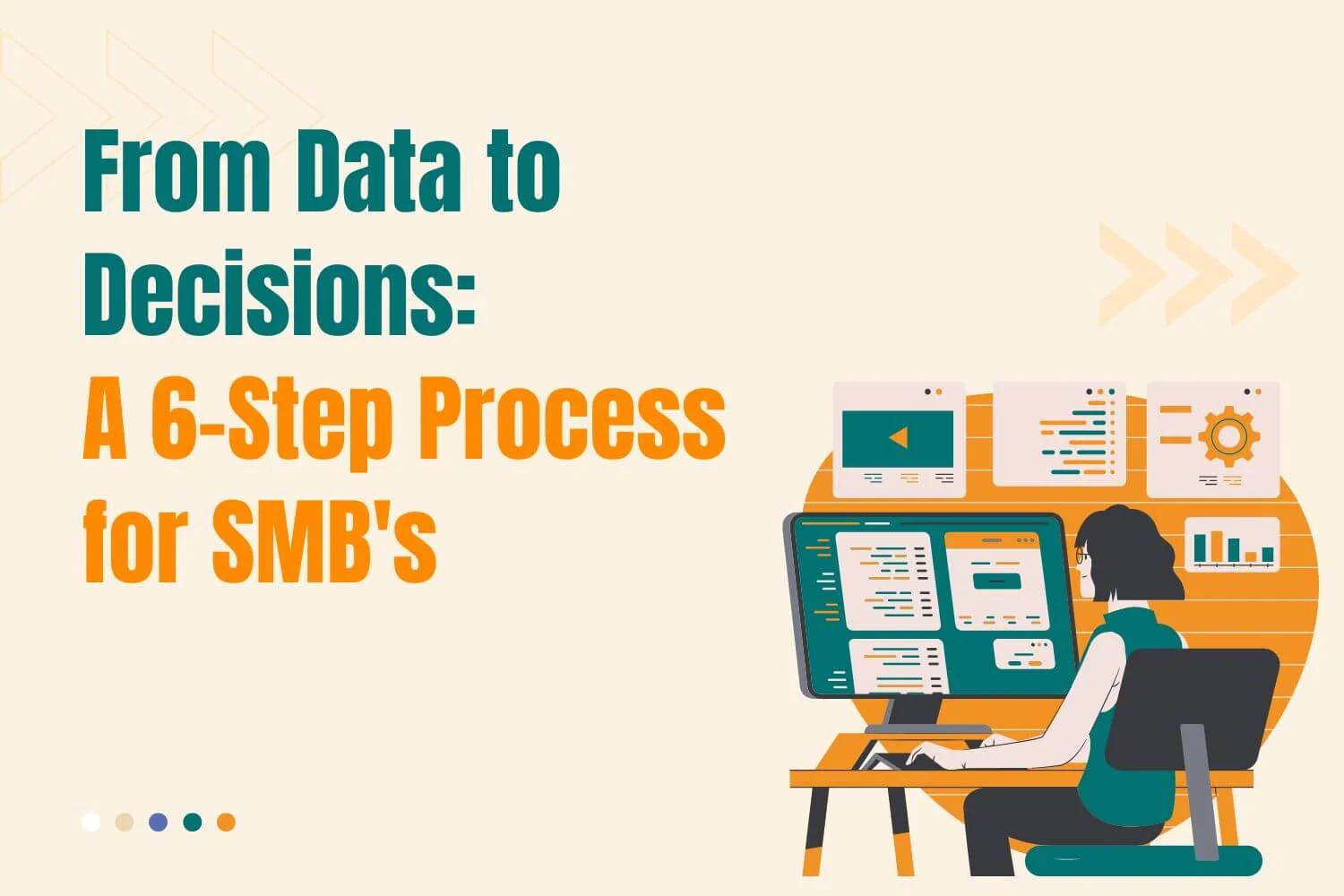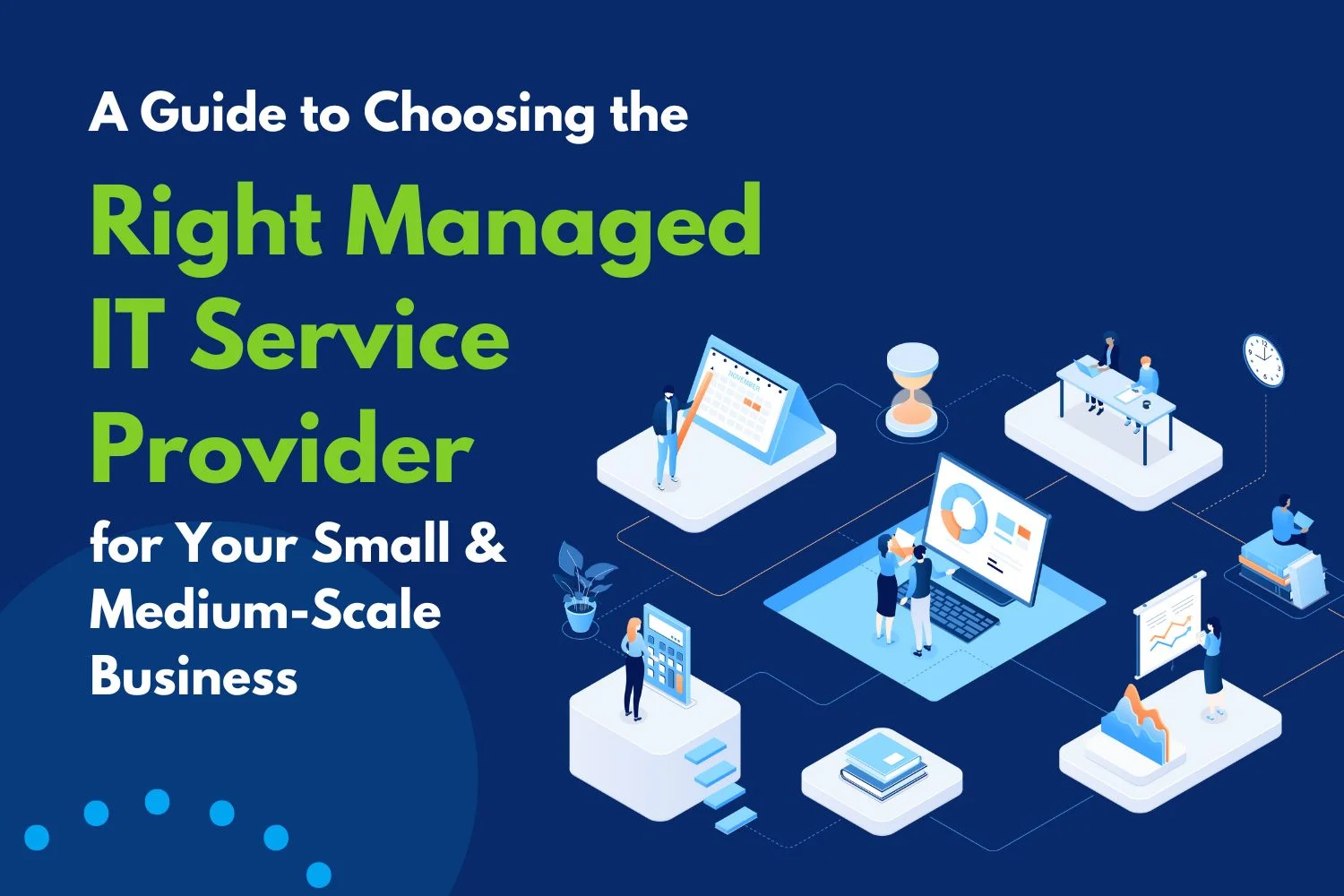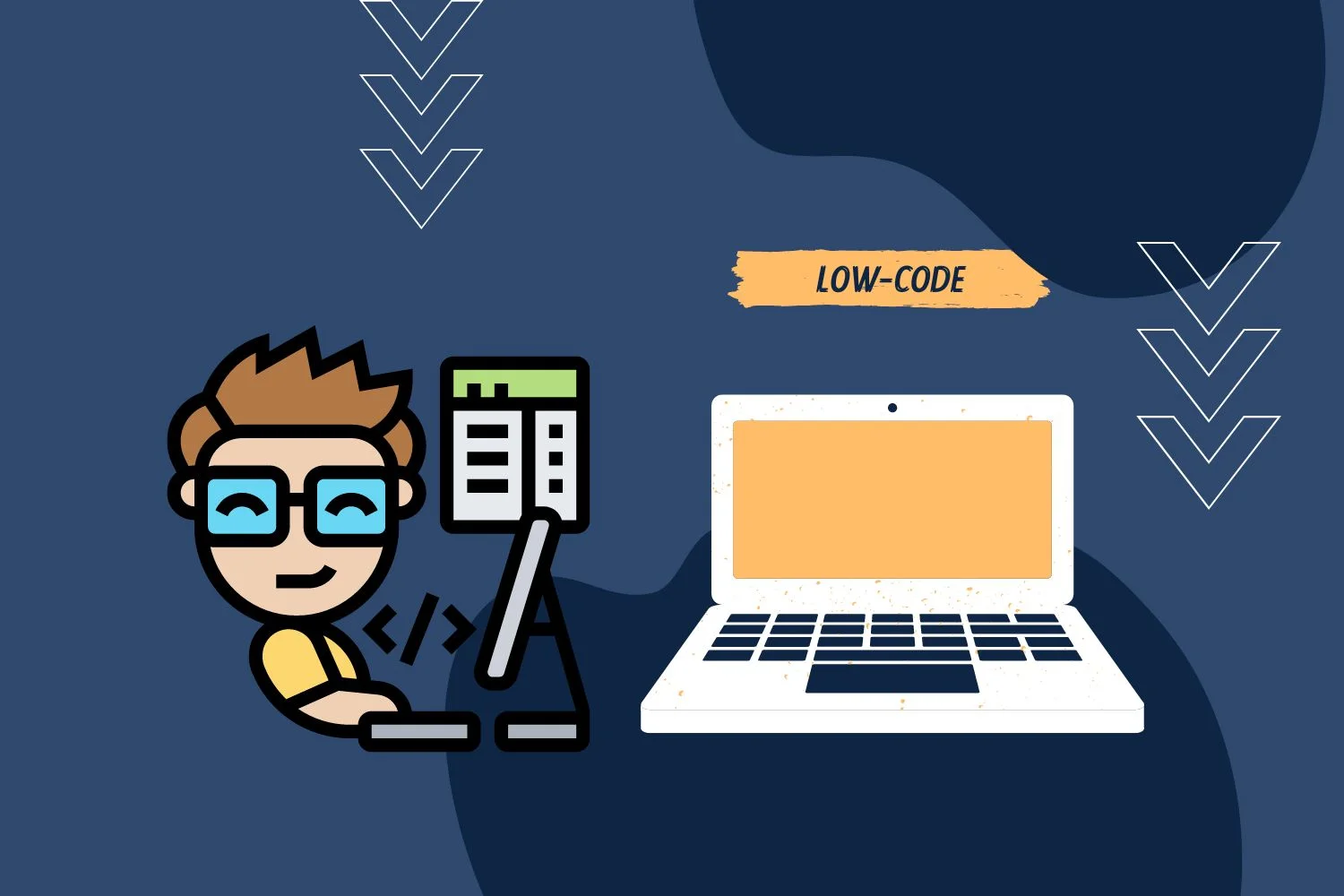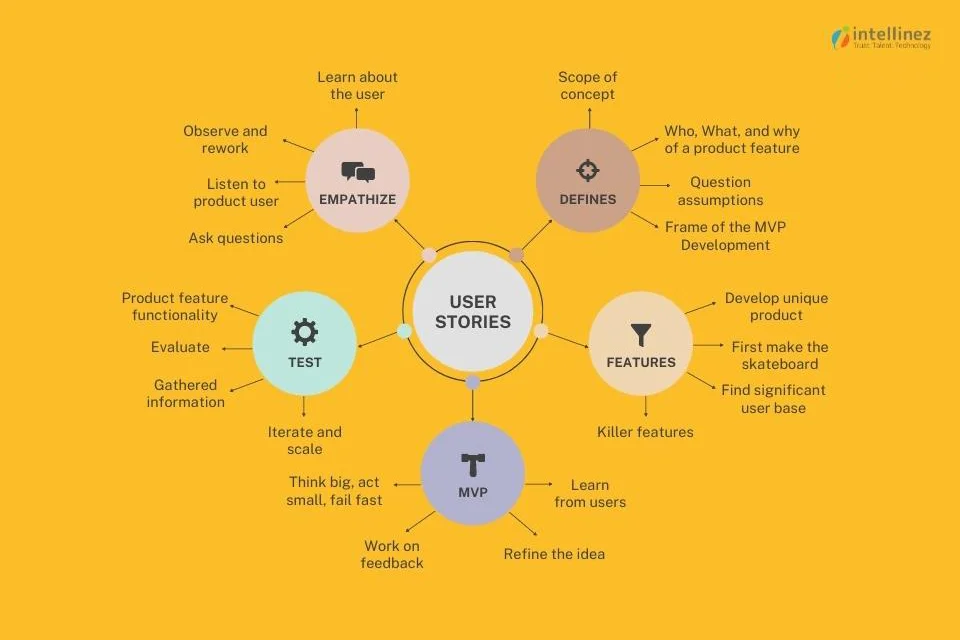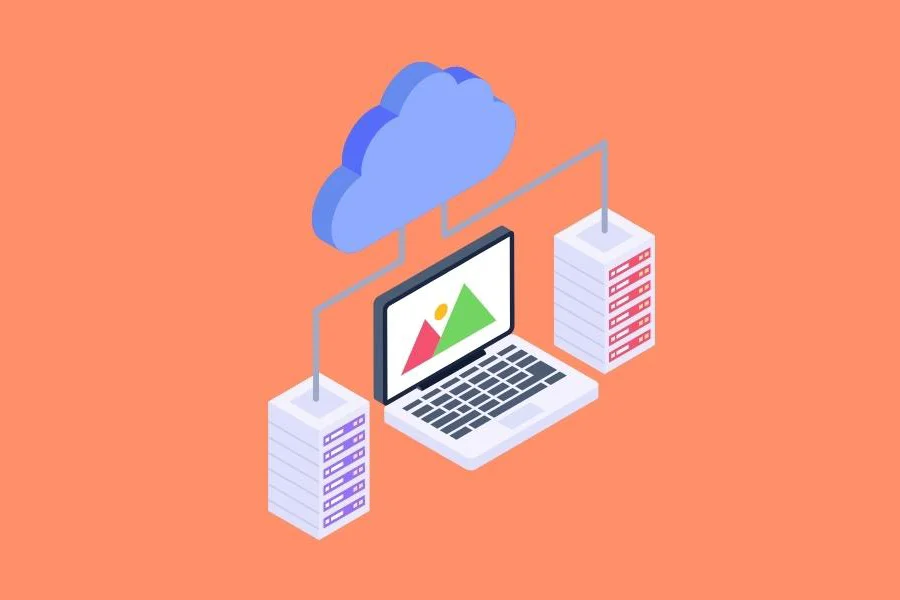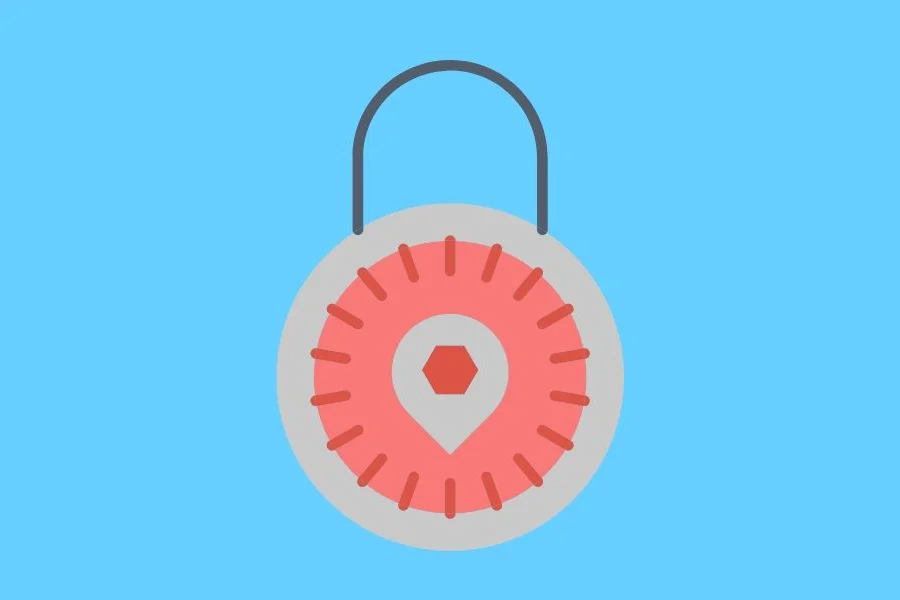- What Is Data Backup And Recovery?
- How Can Data Loss Impact A Business?
- What Factors Should You Consider While Choosing A Data Backup Solution?
- What Steps Are Involved In Setting Up A Data Backup Plan?
- What Are The Most Common Data Backup Mistakes?
- What Should You Do If Your Data Is Lost Or Corrupted
- How Can You Restore Your Data From A Backup?
In the modern digital landscape, businesses face unprecedented risks due to data breaches, leading to severe financial consequences and potential closure. The average cost of a data breach in 2022 rose to $3.62 million, while recovery takes an average of 287 days. Shockingly, 60% of businesses that experience a data breach end up shutting down within two years, emphasizing the critical need for a strong data backup and recovery plan for businesses of all sizes.
While 93% of businesses back up their data, only 30% have a disaster recovery plan, leaving them vulnerable to prolonged downtime and financial losses. Various data backup options are available, including full backups, which offer comprehensive protection but are time-consuming and costly. Incremental backups, capturing only changed data, provide efficiency but may pose challenges during restoration. A compromise option is differential backups, which record changes since the last backup.
Selecting an appropriate data backup and recovery solution involves considering business size, complexity, budget, and specific needs, with thorough research, reviews, and recommendations playing a crucial role in decision-making. Read this extensive blog by Team Intellinez and learn more about data backup and recovery.
What is Data Backup and Recovery?
Data backup and recovery refer to the process of creating copies of important data and storing them securely to protect against data loss due to various causes, such as hardware failures, cyberattacks, human errors, or natural disasters. In the event of data loss, the recovery phase involves restoring the backed-up data to its original state, ensuring business continuity, and minimizing disruptions.
Data backup and recovery are crucial for businesses of all sizes because they rely heavily on their data for operations, decision-making, and customer information. Losing critical data can lead to severe financial losses, damage to reputation, and even business closure.
Not having a data backup plan poses significant risks to businesses. In the absence of backups, data loss incidents can lead to extended downtime, loss of productivity, legal liabilities, and a compromised ability to serve customers, resulting in dissatisfaction and potential loss of business.
The importance of data backup lies in its role as a safety net, providing businesses with peace of mind knowing that their data is protected. It allows swift recovery from data loss incidents, ensuring continuity, maintaining customer trust, and preserving the overall health and survival of the business.
How can data loss impact a business?
The leading causes of data loss are attributed to human error (60%), hardware failure (20%), software corruption (15%), and natural disasters (5%). The consequences of data loss can be far-reaching, posing significant challenges to businesses in various aspects. Let’s explore these ramifications and supplement the information with additional data and statistics:
1. Financial Repercussions
Data loss can result in substantial financial losses, encompassing lost revenue, downtime, and data restoration expenses. According to IBM’s report in 2022, the average cost of a data breach was estimated at a staggering $3.62 million.
2. Damage to Reputation
Besides financial losses, data breaches can inflict severe harm to a company’s reputation. A study by Ponemon Institute revealed that 60% of customers would sever ties with a company following a data breach, eroding trust and confidence.
3. Loss of Competitive Advantage
Data loss can undermine a business’s ability to provide services efficiently, potentially pushing customers toward competitors who safeguard their data effectively. This loss of competitive edge can be detrimental to a company’s growth.
4. Regulatory Fines
Some industries face stringent regulations concerning customer data protection. Incurring a data breach can lead to regulatory fines, particularly evident in financial institutions, where compliance is rigorously enforced.
5. Reduced Productivity
Data loss results in productivity decline as employees must dedicate time to recreate lost data or address the consequences of the breach.
6. Legal Liabilities
Companies may become legally liable for damages resulting from data breaches, especially when sensitive customer data, such as personally identifiable information (PII), is compromised.
In light of these potential consequences and compelling data, implementing a robust data backup and recovery plan becomes imperative for businesses seeking to protect themselves from the risks associated with data loss.
What Factors Should You Consider While Choosing a Data Backup Solution?
Selecting the right data backup and recovery solution for your business involves a comprehensive evaluation of several crucial factors and pertinent statistics. These considerations will ensure a well-informed decision that aligns with your business needs:
1. Business Size and Complexity
The scale and complexity of your business determine the level of data backup and recovery required. Smaller businesses may suffice with basic backup solutions, while larger enterprises necessitate more sophisticated approaches.
2. Budget Constraints
Carefully consider your budget when choosing a data backup and recovery solution. Costs can vary significantly, ranging from affordable options to more expensive ones.
3. Types of Data
Identify the specific types of data that need backup, such as financial records, customer information, or employee data. Understanding your data will help determine the backup frequency and level of detail required.
4. Backup Frequency
Assess how often data backups should occur, based on the importance of your data and your tolerance for potential data loss.
5. Backup Storage Location
Decide whether to store backups on-site, off-site, or opt for cloud-based storage, each with its advantages and considerations.
6. Recovery Time Objective (RTO)
Determine the acceptable downtime during a disaster, as it will influence the level of redundancy and performance needed for your backup solution.
7. Recovery Point Objective (RPO)
Define the maximum acceptable data loss in the event of a disaster, which will influence the frequency of backups.
8. User-Friendly Interface
Select a user-friendly backup solution that is easy to manage, ensuring that backups are conducted correctly and data can be swiftly restored during emergencies.
9. Vendor Support
Choose a vendor that provides reliable and responsive support to address any issues or inquiries related to your backup solution.
Additionally, some valuable statistics shed light on data backup solutions:
The global market for data backup and recovery solutions is projected to reach $48.7 billion by 2025, as reported by Statista, highlighting the growing significance of these solutions.
Full backups copy all data on a system or device, offering comprehensive protection but at the expense of time and resources.
Incremental backups are a more efficient alternative, as they only copy changed data since the last full backup, resulting in faster and cost-effective backups, though potentially more complex to restore.
Differential backups strike a balance between full and incremental backups, capturing data changed since the last full or incremental backup, providing faster backups but with slightly less efficiency compared to incremental backups.
By thoughtfully considering these factors and being aware of the relevant statistics, you can confidently select the most suitable data backup and recovery solution for your business, safeguarding your critical data and ensuring smooth operations even during challenging times.
What Steps Are involved in setting up a data backup plan?
1. Identify Your Critical Data
This is the data that is essential for your business to operate. It could include financial data, customer data, employee data, or intellectual property.
2. Determine how often you need to back up your data
This will depend on the type of data you are backing up and the level of risk you are willing to accept.
3. Choose a backup method
There are many different ways to back up data, including full backups, incremental backups, differential backups, and continuous data protection (CDP).
4. Test your backups regularly
This will help you ensure that your backups are working properly and that you can restore your data if it is lost or damaged.
5. Store your backups in a safe location
You can store your backups on-site, off-site, or in the cloud.
6. Document your backup plan
This will help you keep track of your backup schedule, backup methods, and backup location.
Here are some additional tips for setting up a data backup plan:
Use a reputable backup solution. There are many different backup solutions available, so it is important to choose one that is reputable and reliable.
Encrypt your backups. This will help protect your data from unauthorized access.
Rotate your backups. This means that you should delete old backups and create new ones on a regular basis.
Test your restore process. This will help you ensure that you can restore your data if it is lost or damaged.
What are the most common data backup mistakes?
1. Not having a backup plan at all
This is the most common mistake, and it is also the most costly. According to a 2022 study by the Ponemon Institute, 60% of businesses that experience a data breach do not have a data backup plan in place. The average cost of a data breach in 2022 is $3.62 million.
2. Backing up your data infrequently
The frequency of your backups depends on how critical the data is. For example, you may need to back up your data daily if it is critical to your business. However, a 2022 study by the SANS Institute found that 40% of businesses that experience a data loss event do not have a backup that is recent enough to restore their data.
3. Not testing your backups
It is important to test your backups regularly to make sure that they are working properly and that you can restore your data if it is lost or damaged. However, a 2021 study by Dimensional Research found that only 30% of businesses test their backups on a regular basis.
4. Storing your backups in a single location
If you store your backups in a single location, you are at risk of losing all of your backups if that location is damaged or destroyed. You should store your backups in multiple locations, such as on-site, off-site, and in the cloud.
5. Using outdated or incompatible backup software
If you are using outdated or incompatible backup software, you may not be able to restore your data if it is lost or damaged. You should make sure that you are using up-to-date backup software that is compatible with your devices and operating systems.
6. Not encrypting your backups
If your backups are not encrypted, they could be accessed by unauthorized individuals. You should encrypt your backups to protect your data from unauthorized access.
Here are some additional tips to avoid data backup mistakes:
Choose a reputable backup solution. There are many different backup solutions available, so it is important to choose one that is reputable and reliable.
Set up a regular backup schedule. This will help you ensure that your data is backed up on a regular basis.
Test your backups regularly. This will help you ensure that your backups are working properly and that you can restore your data if it is lost or damaged.
Store your backups in multiple locations. This will help protect your data from loss or damage.
Encrypt your backups. This will help protect your data from unauthorized access.
By following these tips, you can help to avoid data backup mistakes and protect your data from loss or damage.
What Should You do if your data is lost or corrupted
If your data is lost or corrupted, it can be a distressing situation, but there are steps you can take to try to recover it and minimize the impact. Here’s what to do if your data is lost or corrupted:
1. Remain Calm and Identify the Issue
Take a deep breath and assess the situation. Determine what data is affected and whether it’s a localized issue on a specific device or a broader problem.
2. Check for Backups
If you have a backup of your data, check whether it’s up-to-date and complete. Restoring data from a backup is often the most straightforward way to recover lost or corrupted files.
3. Disconnect from the Internet
If your data loss or corruption is due to malware or a virus, disconnect the affected device from the Internet to prevent further damage and potential spread of the infection.
4. Use Data Recovery Software
There are data recovery software programs available that can help recover deleted or corrupted files from storage devices. However, avoid installing the software on the affected drive to prevent overwriting data.
5. Seek Professional Data Recovery Services
If the data is critical and you are unable to recover it using software, consider seeking professional data recovery service providers like Intellinez Systems. We have specialized tools and expertise to recover data from severely damaged or malfunctioning storage devices.
6. Do Not Write New Data
If your data loss is due to accidental deletion or corruption, avoid writing new data to the affected storage device. Writing new data can overwrite the lost data, making it irretrievable.
8. Check Hardware Connections
For external storage devices, check the physical connections to ensure they are secure and properly connected. Sometimes, a loose connection can cause data access issues.
9. Scan for Malware or Viruses
If your data loss is caused by malware or a virus, run a thorough scan of your system using reliable antivirus software to remove any threats.
10. Try System Restore
If your data loss is related to software issues or system changes, you can attempt a system restore to a point before the problem occurs.
11. Learn from the Experience
Once the data recovery process is complete, take this as an opportunity to implement better data backup practices. Regularly back up your data to prevent future data loss or corruption.
How Can You restore your data from a backup?
Restoring data from a backup is a crucial process to recover lost, corrupted, or accidentally deleted information. Here’s a step-by-step guide on how to restore your data from a backup:
1. Identify the Backup Source
Determine where your data backup is stored. It could be on an external hard drive, a network storage location, or a cloud-based backup service.
2. Access the Backup Location
Connect the external hard drive or access the network storage or cloud service where your backup is stored. You may need appropriate credentials or permissions to access the backup location.
3. Choose the Backup Version
If you have multiple backup versions, select the one that contains the data you want to restore. The backup versions may be dated or labeled to help you identify the most recent or relevant backup.
4. Decide on Full or Selective Restore
Depending on your needs, you can perform a full restore, which brings back all data from the selected backup version, or a selective restore, which allows you to pick specific files or folders to recover.
5. Perform the Restore
The process of restoring data can vary depending on the backup solution you are using. Typically, you’ll have options to “Restore,” “Recover,” or “Retrieve” data from the backup location. Follow the on-screen instructions provided by your backup software or service.
6. Verify the Restored Data
After the restore process is complete, verify that your data has been restored correctly. Check the files, folders, and data to ensure nothing is missing or corrupted.
7. Test the Restored Data
If the data is critical or sensitive, consider performing tests to ensure that the restored data is fully functional and usable. For example, open documents, images, or other files to confirm their integrity.
8. Update Your System
If the data was lost due to a hardware failure or other issues, it’s essential to address and fix the underlying problem before proceeding with regular operations.
9. Create a Backup of Restored Data
Once you have successfully restored your data, create a new backup to ensure you have the most recent version of your files and data secured in case of future incidents.
Conclusion
In conclusion, data backup and recovery are paramount for businesses of all sizes. By implementing robust backup strategies and swift recovery protocols, businesses can safeguard critical data, ensure continuity, and minimize potential disruptions. Whether a small startup or a large enterprise, understanding and adopting effective data protection measures is essential to thrive in today’s technology-driven landscape.
Ensure top-notch protection and seamless data restoration with Intellinez Systems
Our robust backup strategies and swift recovery protocols safeguard critical information, ensuring business continuity. With extensive expertise and cutting-edge technology, Intellinez Systems offers reliable solutions for businesses of all sizes, delivering peace of mind and proactive data protection in today’s technology-driven landscape.
Soumya Mishra
Technology Leader proficient in engineering and execution of enterprise-level IT projects and providing support services on the same. Possesses the ability to set functional and technical strategies, converting them to an achievable plan of action, and driving them to realize and achieve customer success. Passionate leader believing in leading by example, possessing strong problem-solving skills and a can-do attitude. Adept at handling cross-functional teams across the globe and motivating them to achieve outstanding and sustainable results to meet organizational goals and objectives! Guiding Quote – “Every job is a self-portrait of the person who did it, Autograph your work with excellence”
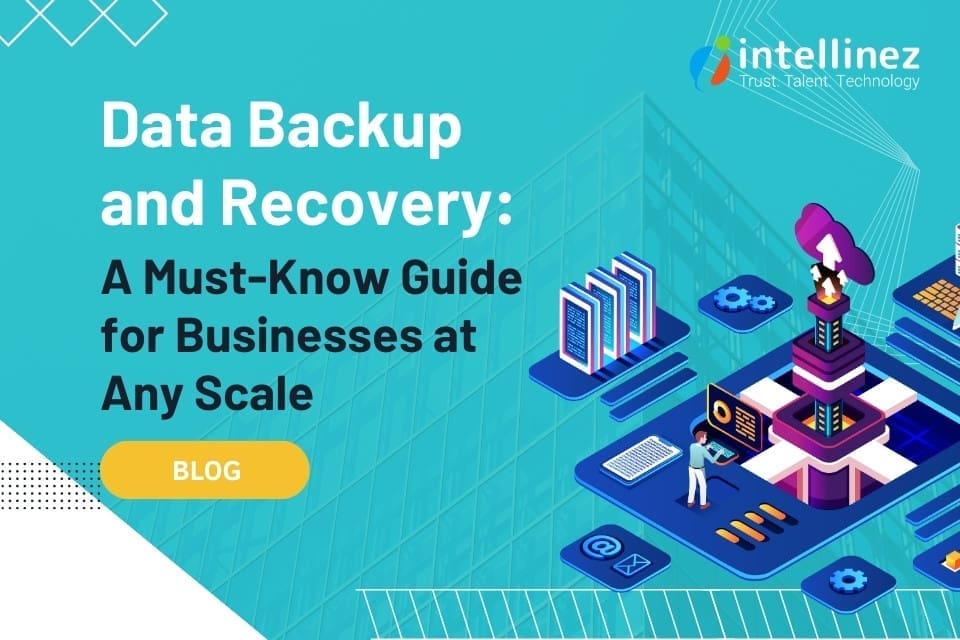













































![A Comprehensive Guide to AWS SaaS Architecture [Diagram Included] 91 Aws SaaS Architecture](http://www.intellinez.com/wp-content/uploads/2024/08/Title-image.jpg)

















































